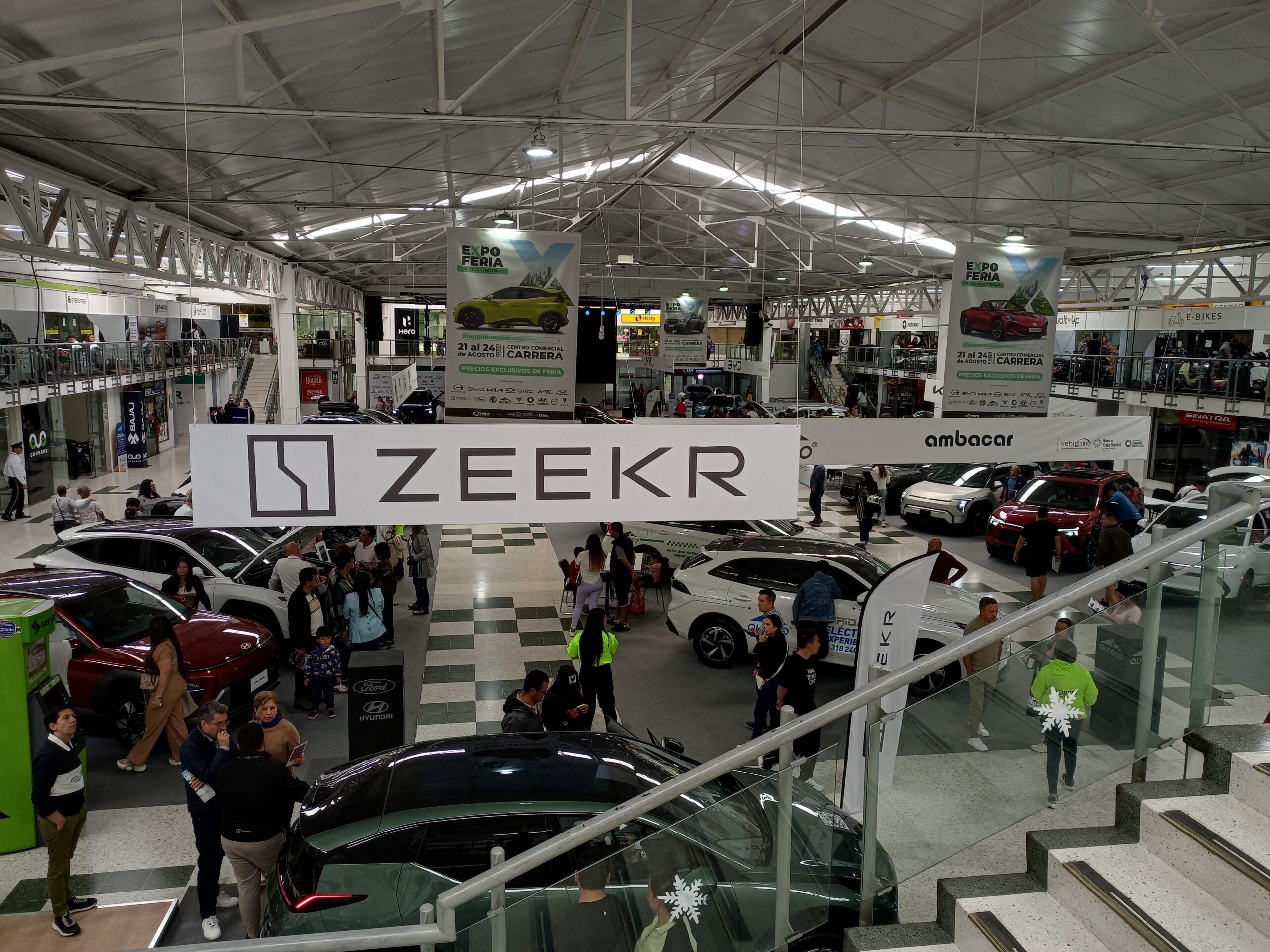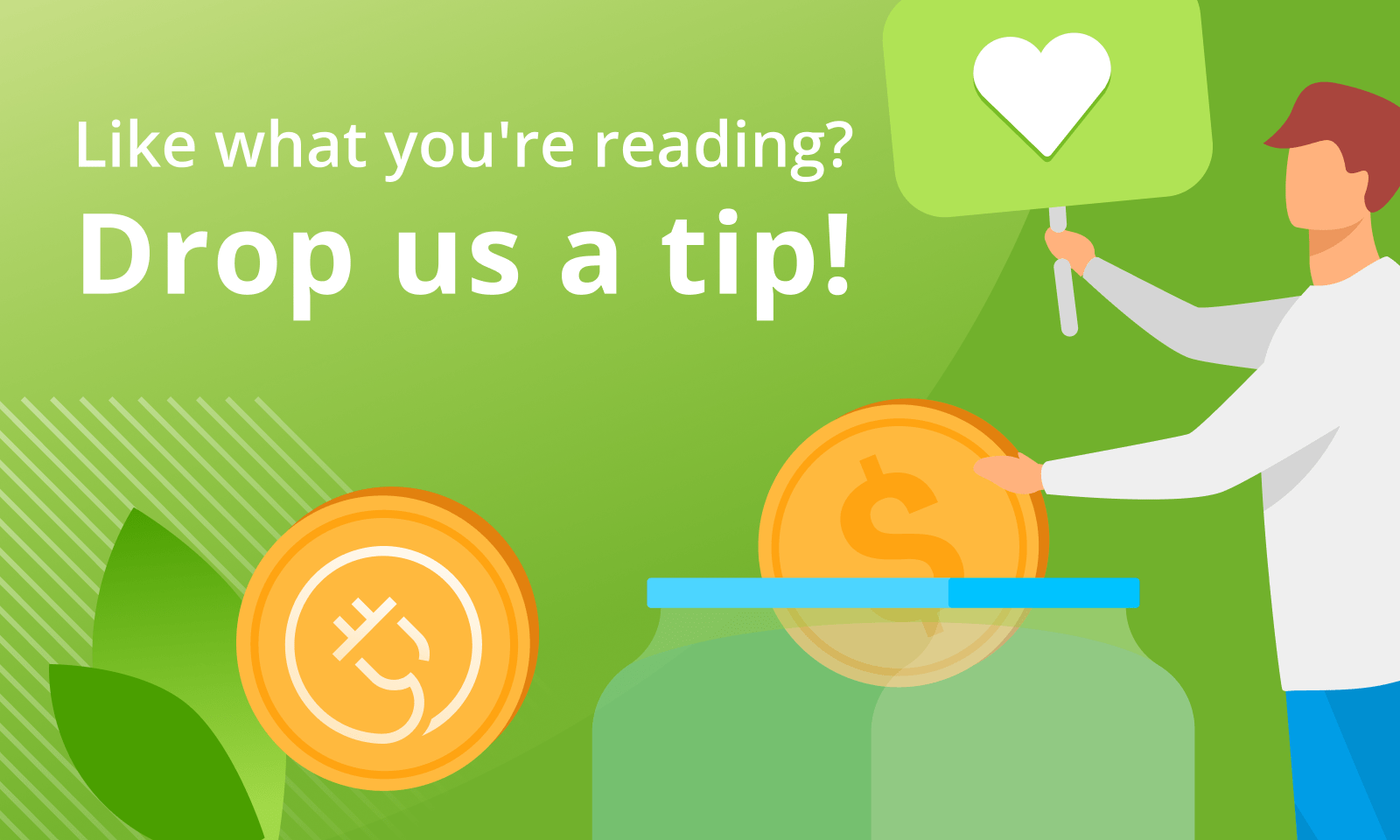Support CleanTechnica’s work through a Substack subscription or on Stripe.
The Promise Of A New Solar Revolution
Most Americans love the idea of going solar. Few can actually do it. Traditional rooftop solar has helped millions cut bills and emissions, but it leaves most of the country behind — renters, apartment dwellers, low-income families, and anyone whose roof is too shady, too old, or too expensive to replace.
A new white paper from Bright Saver and its research partners makes the case that plug-in solar could change that story almost overnight. These small, self-installed solar systems plug directly into a household outlet and start offsetting power use instantly — no contractors, no permits, and no utility red tape. The authors estimate that with just a handful of state-level reforms, plug-in solar could reach 60 million Americans by 2035 and slash household electricity costs — without a dime of public subsidy.
The Energy Crunch
Electricity prices are climbing faster than wages. Between 2019 and 2024, US residential rates jumped 27%, and they’re expected to rise another 18% by 2026. Nearly one in three households already struggles to pay their electric bills. At the same time, rooftop solar — the most visible form of clean energy — remains out of reach for about 70% of households. The reasons are simple but stubborn: most Americans rent their homes, live under shared roofs, or can’t afford a $25,000 to $40,000 installation. Plug-in solar offers a different path: one that doesn’t require home ownership, major upfront costs, or access to financing.
What Plug-In Solar Is (& Why It Works)
Commonly known as balcony solar in Europe, plug-in solar systems are small, modular panels that anyone can install in minutes. They generate up to about 1,200 watts — enough to offset a chunk of a typical home’s daytime energy use — and can even be paired with batteries for backup power. In Germany, where simple regulations cleared the way, roughly 4 million households now use these systems. Prices there have fallen to around $0.60 per watt, and some setups pay for themselves in under three years.
Utah’s Bold Experiment
In 2025, Utah became the first US state to pass legislation designed specifically for plug-in solar. H.B. 340, which passed unanimously, created a new category for very small systems — those under 1,200 watts — and exempted them from the same interconnection rules that apply to much larger rooftop arrays. The results were immediate. System costs in Utah dropped by nearly 50% within months, and new manufacturers entered the market. The bill had no fiscal impact, but it opened the door to consumer-driven clean energy adoption. According to the report, once five or more states follow Utah’s lead, major manufacturers could flood the US market, driving prices down even further.
Lessons From California
Bright Saver also piloted plug-in solar in California, giving small systems to renters and retirees who’d been priced out of rooftop solar. Participants reported real savings — around $25–30 a month on average — and newfound energy independence. One retiree in Oakland cut his electric bill by that amount using an 800-watt system. At the market price of $2,364, his payback period was just over seven years. Under Utah-style reforms, that same system would cost around $600 and pay for itself in less than two years. For many participants, plug-in solar wasn’t just about saving money — it was about finally being part of the clean energy future they’d long been locked out of.
A Market Waiting To Take Off
If five or more states adopt similar reforms, Bright Saver’s modeling predicts a sharp drop in plug-in solar costs to about $0.50 per watt within two years. That’s roughly one-quarter the current price of rooftop solar. At those prices, the average system would pay for itself in three years or less, making plug-in solar more like buying an appliance than making a long-term investment. The authors project 24 million US households could own plug-in solar units by 2035, or roughly one in six Americans.
Who Benefits Most
Plug-in solar has the potential to reach groups that the solar industry has historically missed:
- Renters and apartment dwellers, especially in cities.
- Seniors living on fixed incomes.
- Tribal and rural communities that rely on costly diesel generation.
- People with medical needs who can’t afford power outages.
- Households in hot regions, where summer cooling costs dominate energy bills.
Because plug-in systems can operate with or without batteries, they also offer a level of resilience during outages by keeping lights, fans, or medical equipment running when the grid goes down.
A Simple Policy Playbook
The paper lays out a clear roadmap for states that want to unlock this market:
- Define small solar systems (1,200 watts or less) as a distinct regulatory class.
- Exempt them from interconnection and net metering rules designed for large systems.
- Ensure safety standards without unnecessary permitting or utility oversight.
That’s it. No tax credits, no subsidies — just a modern rulebook that matches modern technology.
The Bigger Picture
The authors argue that plug-in solar could be the key to truly democratizing clean energy. Unlike traditional rooftop programs that favor homeowners with disposable income, plug-in solar puts power — literally — into the hands of people who need it most. With energy costs rising and the grid under strain, small, distributed systems could make American households more self-reliant while driving down national emissions. The clean energy transition, they suggest, doesn’t have to come from the top down. It can start right on the patio.
The full report, Democratizing Solar: How Plug-In Solar Expands Energy Affordability and Resilience for 60 Million Americans, is available for download from Bright Saver.
Sign up for CleanTechnica’s Weekly Substack for Zach and Scott’s in-depth analyses and high level summaries, sign up for our daily newsletter, and follow us on Google News!
Have a tip for CleanTechnica? Want to advertise? Want to suggest a guest for our CleanTech Talk podcast? Contact us here.
Sign up for our daily newsletter for 15 new cleantech stories a day. Or sign up for our weekly one on top stories of the week if daily is too frequent.
CleanTechnica uses affiliate links. See our policy here.
CleanTechnica’s Comment Policy



